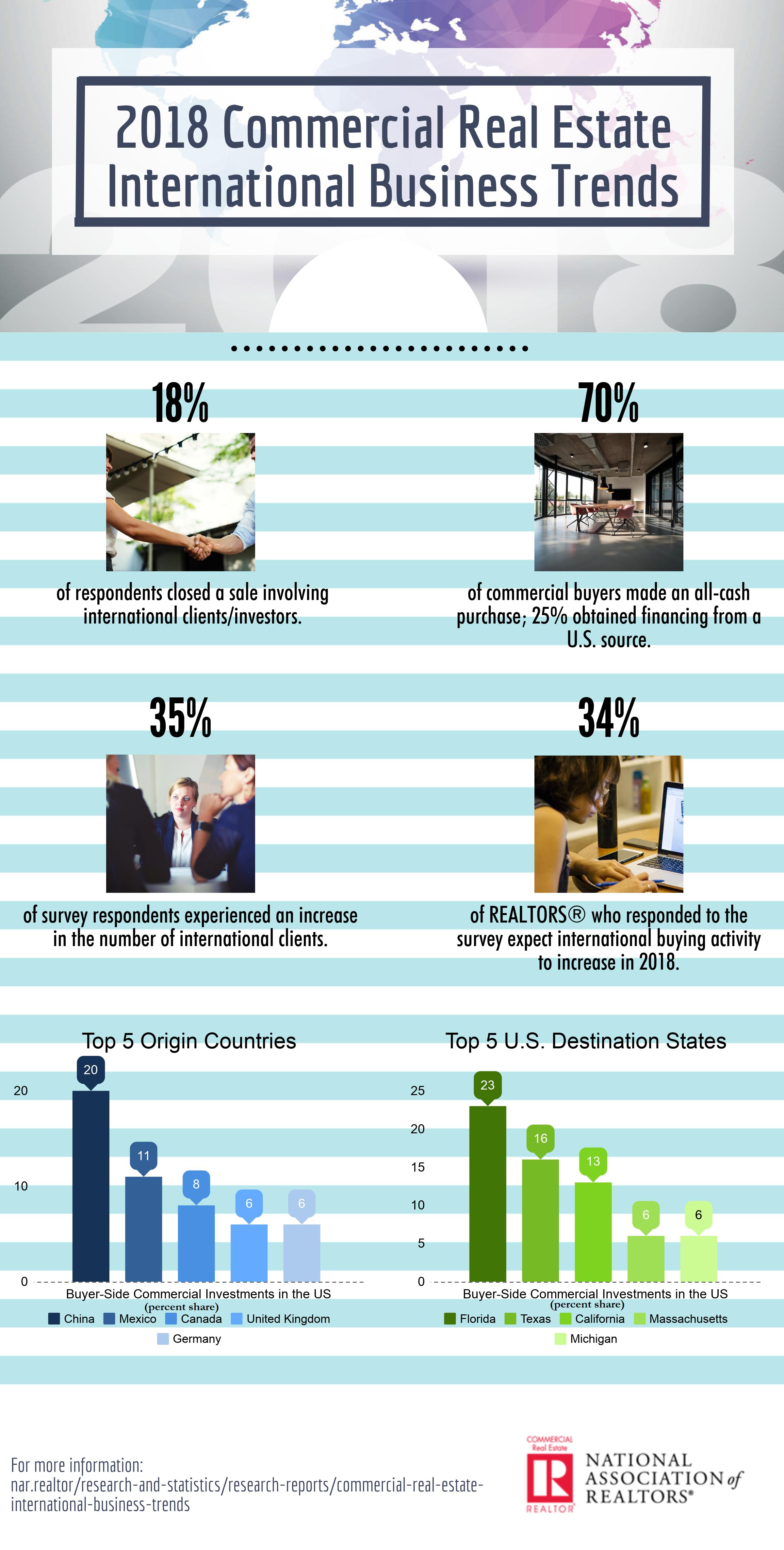Future Patterns In Property Planning: What To Anticipate In The Next 5 Years
Future Patterns In Property Planning: What To Anticipate In The Next 5 Years
Blog Article
Article Developed By-Hardison Bundgaard
As you look ahead to the following 5 years in real estate preparation, support on your own for a landscape formed by technical developments, moving demographics, and an expanding focus on sustainability. Virtual reality tours and artificial intelligence are simply the beginning. The future holds a tapestry of advancement waiting to change exactly how we think of residential property and neighborhood advancement. Keep tuned for a look right into what exists in advance in the world of property preparation.
Technological Innovations in Realty
When considering the future patterns in realty planning, it's important to take into consideration the influence of technological advancements. Innovations in innovation are changing the real estate industry, altering the method buildings are acquired, offered, and managed.
Virtual reality tours enable prospective buyers to check out homes from the convenience of their homes, saving time and making the process extra efficient. Additionally, artificial intelligence is being utilized to assess market fads and forecast future residential property values, aiding financiers make notified decisions.
Smart home modern technology is one more significant growth shaping the realty landscape. From energy-efficient appliances to protection systems that can be managed remotely, these functions are ending up being significantly preferred amongst homebuyers. Additionally, https://denisha-carylon0fabian.blogbright.net/the-benefits-of-involving-a-property-preparation-lawyer-to-avoid-regular-mistakes is improving transactions by supplying protected and transparent techniques for carrying out property offers.
Embracing find more info will certainly be critical genuine estate planners to stay affordable and satisfy the developing demands of clients. By integrating these improvements right into their methods, professionals can boost the total experience for buyers, vendors, and capitalists alike.
Changing Demographics Impacting Preparation
With market shifts affecting real estate planning, it's essential for specialists in the market to adapt to altering population fads. As the population ages, there's an increasing demand for age-friendly housing and features. Infant boomers are scaling down, seeking walkable neighborhoods with access to health care and pastime. This pattern is additionally seen with millennials, that focus on ease and sustainability, driving the need for mixed-use developments and green rooms.
In addition, the enhancing diversity within the population asks for even more comprehensive planning methods. Culturally diverse neighborhoods require rooms that deal with different choices and practices. Real estate specialists need to think about these variables when creating and marketing buildings to guarantee they reverberate with a wider target market.
Furthermore, the surge of remote work is reshaping real estate choices. With more individuals working from home, there's an expanding demand for office, high-speed web access, and versatile space.
This shift is influencing the advancement of rural and backwoods as sensible alternatives to urban living. Adjusting to these changing demographics will be essential for successful real estate preparation in the coming years.
Sustainable Growth Practices
The developing landscape of real estate planning is increasingly focusing on lasting development practices. As you look ahead to the next five years, incorporating sustainable aspects into real estate jobs will certainly be vital. Embracing sustainable techniques not just benefits the atmosphere but additionally improves the worth and appeal of buildings.
Investing in energy-efficient innovations, using eco-friendly products, and advertising green spaces are becoming basic practices in real estate growth. These initiatives not just reduce the carbon impact of buildings but likewise attract environmentally-conscious lessees and buyers.
Sustainable buildings are much more cost-efficient in the long run, as they consume less energy and resources, resulting in reduced functional costs.
Additionally, incorporating lasting features can differentiate your realty projects in an open market. Consumers are increasingly focusing on sustainability, and residential or commercial properties that align with their worths are most likely to stand out.
Conclusion
In the next five years, realty planning will continue to evolve with technological improvements, transforming demographics, and a focus on sustainability. Virtual reality trips, expert system, age-friendly real estate, and green attributes will form the future of the market. Stay ahead of the contour by welcoming development, inclusivity, and sustainable techniques in your real estate planning initiatives. The future is bright for those that adjust to these trends and accept the opportunities they bring.
